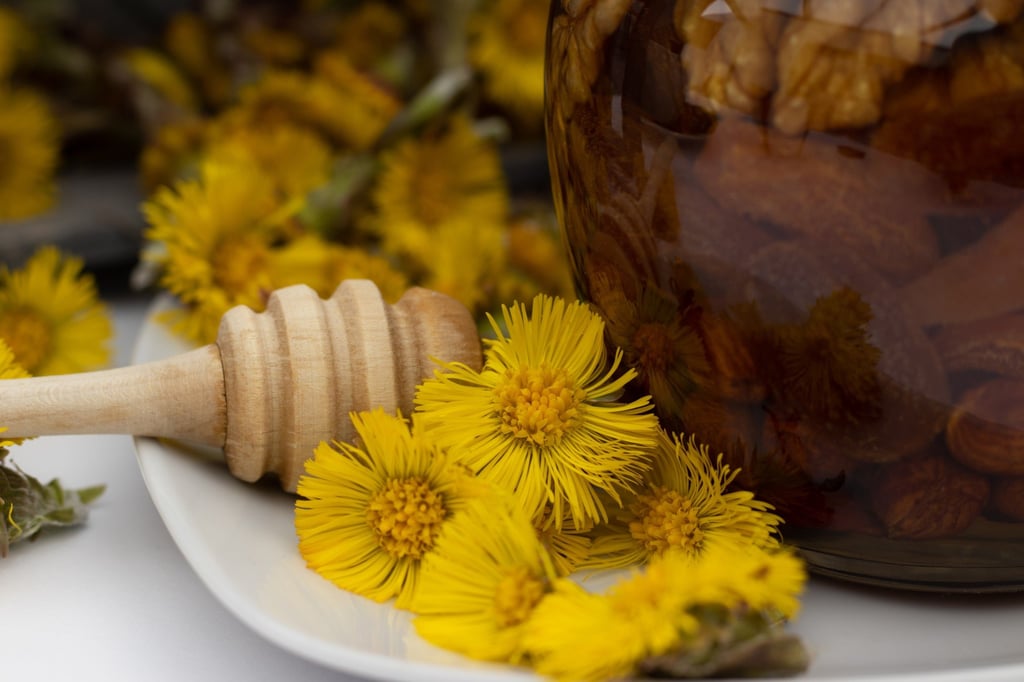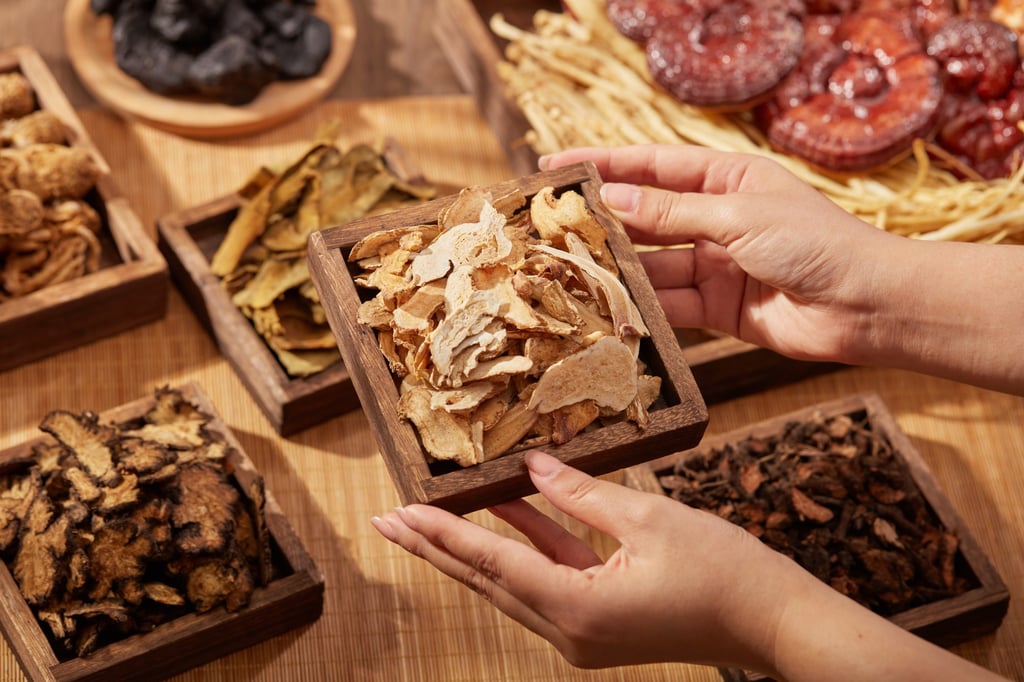The Kangmei TCM material price index, a barometer of the country’s medicinal herb market since receiving government approval in 2012, has reflected substantial gains since the summer of 2020, climbing by nearly 75 per cent in the past four years.
The index for Atractylodes macrocephala, a flowering plant whose roots are used to treat digestive problems, grew threefold over that same period. And for coltsfoot, whose flowers are a common remedy for respiratory conditions, it surged even more.

Guo Tingli, a medicinal herb retailer in Bozhou, Anhui province, where China’s largest trading market of TCM materials is located, said the price for 1kg (2.2 pounds) of coltsfoot was about 100 yuan (US$14) two years ago, but now it runs around 400 yuan.
“One reason is that some people have been hoarding supplies,” he said. “It began after the coronavirus pandemic ended, especially as the property market turned bad.”
Zhou Zongsheng, deputy secretary general of the Sichuan TCM Promotion Association, agreed that hot money played an important role in price hikes.
“A lot of money, after retreating from the real estate market and finding low interest rates at banks, is going to TCM materials that have financial attributes,” he said.
“Many herbs, such as Fritillariae thunbergii bulbus and Coptis chinensis, need to grow for several years before being harvested, so they can’t be produced immediately if supplies are hoarded,” he explained.
[W]e’ve felt a bigger impact from climate change. There have been many disasters
Storage capacities in trading hubs such as Bozhou are “enormous”, he added, allowing produce to be safely stored for several years in climate-controlled facilities.
More frequently occurring meteorological disasters have also hit harvests, according to Yu Xiaohui, who runs a family business growing medicinal herbs in Wuning county, Jiangxi province.
“In recent years, we’ve felt a bigger impact from climate change. There have been many disasters,” he said. “For example, this year we were first hit by torrential rains and are now in an extended heatwave.”
“In some places, plots where medicinal herbs used to grow have been ordered to be utilised for food crops, or at least to rotate with food crops, so there’s been a fall in the planting area,” she said. “As a solution, some farmers have moved uphill to grow herbs, which drives up costs.”

Prior to that, President Xi Jinping described TCM in 2019 as a “treasure” of Chinese civilisation that would help in the “rejuvenation of the great Chinese nation”.
The extensive use of Chinese medicine during the pandemic consumed considerable inventory, and well-known ingredients have been innovatively used in food and drinks, said Zhou with the promotional association in Sichuan province.
While the fashion of drinking warm goji berry tea has spread to young Chinese, bread, ice cream and even coffee infused with TCM ingredients have made news headlines for their popularity in the past few years.
Meanwhile, more Indonesians have been using TCM since the pandemic started, according to comments by Budi Hansyan, a commercial counsellor with the Indonesian embassy in China, at a conference late last month in Taiyuan, Shanxi province, according to China Daily.
Indonesia was looking forward to introducing more TCM products and was expecting China to import more medicinal herbs from the country, he was quoted as saying.




